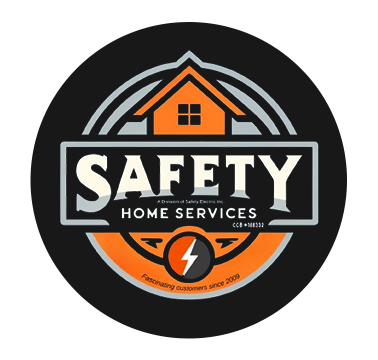Home automation services is no longer a distant dream; it’s quickly becoming essential to modern living. As technology evolves, homeowners are increasingly looking to integrate smart home systems that enhance convenience and boost safety and energy efficiency.
But before you dive into smart home upgrades, it’s crucial to understand the full potential of these systems and how they can transform your daily life.
What Are Smart Home Systems?
Smart home systems refer to a network of devices that communicate with each other. They allow you to control various aspects of your home remotely, from lighting and heating to security and entertainment. Smart systems offer convenience at your fingertips.
Popular smart devices include:
- Smart thermostats: Adjust your home’s temperature remotely for maximum comfort and energy savings.
- Smart lighting: Automate lights to turn on or off based on schedules or sensors, improving convenience and security.
- Home security systems: Monitor your home with smart cameras, locks, and alarms, all controlled via your smartphone.
- Voice assistants: Devices like Amazon Alexa or Google Assistant let you control your home with simple voice commands.
The Benefits of Integrating Smart Home Technology
Integrating smart home systems can bring several advantages:
- Enhanced Convenience: Control everything from your thermostat to your security system with just a few taps on your phone or voice commands.
- Energy Efficiency: Save energy by automating your home’s lighting, heating, and cooling systems, ensuring you never waste electricity or overheat your home.
- Improved Security: Smart home systems and smart home installation salem offer peace of mind with remote monitoring, motion detection, and instant phone alerts in case of suspicious activity.
- Future-Proofing Your Home: As technology advances, having a smart infrastructure ensures your home is ready for future innovations, making upgrades more straightforward and more seamless.
Key Considerations Before Installation
Before jumping into a smart home integration, there are a few things to keep in mind:
- Compatibility: Ensure that all your smart devices are compatible and can be controlled through a single app or hub for ease of use.
- Wiring and Electrical Systems: Older homes might need electrical upgrades to support the added load from smart devices, particularly for complex systems like smart lighting and HVAC control.
- Security: Smart homes run on data, and securing your network is crucial to protecting your devices from hacking or data breaches.
What’s Next for Smart Home Technology?
The future of smart home living looks incredibly promising, with innovations on the horizon that will make homes more intuitive and efficient. Advancements in artificial intelligence (AI) and the Internet of Things (IoT) are paving the way for homes that can learn your habits and automatically adjust settings to fit your lifestyle.
Here are a few future trends to keep an eye on:
- Smart Grid Integration: Homes will be able to communicate directly with the energy grid, adjusting energy usage based on demand, availability, and cost.
- AI-Powered Automation: AI will enable systems to predict your needs, like adjusting the temperature before you arrive home.
- Increased Interconnectivity: Future homes will have even more interconnected devices, from your appliances to your entertainment systems, all working together to create a seamless living experience.
Smart home integration is not just about convenience—creating a more secure, energy-efficient, and forward-thinking living environment. By investing in smart systems today, you’re preparing your home for the technology of tomorrow. Whether you start small with a smart thermostat or go big with a fully integrated system, the future of home living is here, and it’s smarter than ever.
READY TO GET STARTED?
If you’re ready to make your home more energy-efficient, contact us today for a consultation. Our experts at Safety Home Services will guide you through the best solutions tailored to your specific needs.





